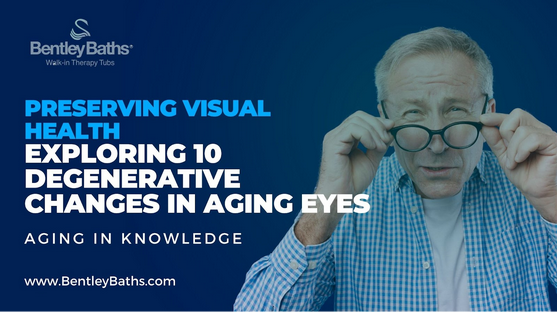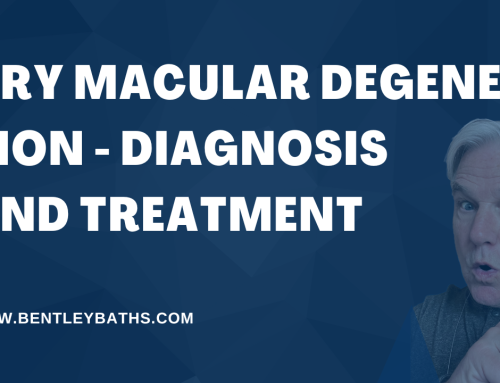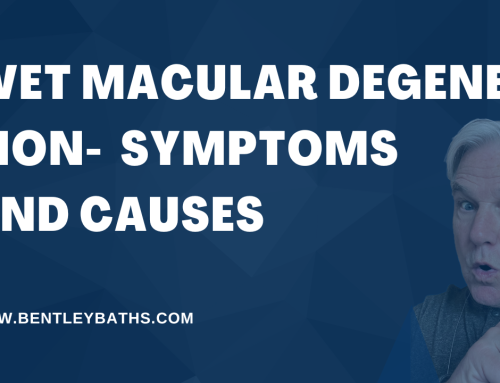10 DEGENERATIVE CHANGES THAT OCCUR IN THE EYE AS WE AGE

Exploring 10 Degenerative Changes in Aging Eyes
As we age, our eyes undergo several degenerative changes that affect our vision and overall health. Here are 10 common degenerative changes in the eye during aging.
- Presbyopia: This is a natural age-related condition where the lens loses its flexibility, making it difficult to focus on near objects. It is usually seen after the age of 40 and increases over time.
- Cataract: A cataract is a cloudy area that forms in the lens of the eye and causes blurred vision. They develop gradually over time and are more common in older people. Cataracts can interfere with daily activities and may require surgery to remove the cloudy lens.
- Age-related macular degeneration (AMD): AMD is a progressive disease that affects the macula, the central part of the retina responsible for sharp central vision. This can cause a loss of central vision, making it difficult to read, recognize faces, or perform other detailed tasks.
- Dry eye: As we age, we produce fewer tears, which makes the eyes dry and irritated. Dry eyes can cause discomfort, itching, and blurred vision. Artificial supplements or other treatments may be needed to relieve symptoms.
- Glaucoma: Glaucoma is a group of eye diseases characterized by damage to the optic nerve, often associated with increased intraocular pressure. If left untreated, it can lead to progressive vision loss and permanent blindness. To diagnose and treat diseases early, regular eye exams are crucial.
OTHERS INCLUDE
- Floaters: As you get older, you may see smaller pieces of protein called floaters. They appear as small, moving dots or spiders in the visual field. Although usually harmless, increased floaters or mild flickering may indicate a more serious condition and should be evaluated by an ophthalmologist.
- Reduced pupil size and response: The pupil, which regulates the amount of light entering the eye, becomes smaller and less responsive with age. This can affect vision in low-light conditions and increase flash sensitivity.
- Decreased color perception: Aging can decrease color perception, especially the ability to distinguish similar colors or shades. Colors can be dull or blurry, making it difficult to accurately distinguish certain colors.
- Decreased tear production: Decreases with age, increasing the risk of dehydration and eye infections. This can cause discomfort and affect the overall health of the ocular surface.
- Loss of peripheral vision: Peripheral vision, also known as side vision, can gradually decline with age. This restricts your field of vision, which can affect activities such as driving and navigating in crowded areas.
These degenerative changes are usually associated with aging, but not everyone is affected equally, and symptoms can vary in severity. Regular eye exams, a healthy diet, and a healthy lifestyle that protects your eyes from harmful UV rays can help keep your eyes healthy as you age.
This article explores some age-related visual impairments, staying informed as we age is paramount to aging in place #eyehealth #visualimpairment #aginginplace








